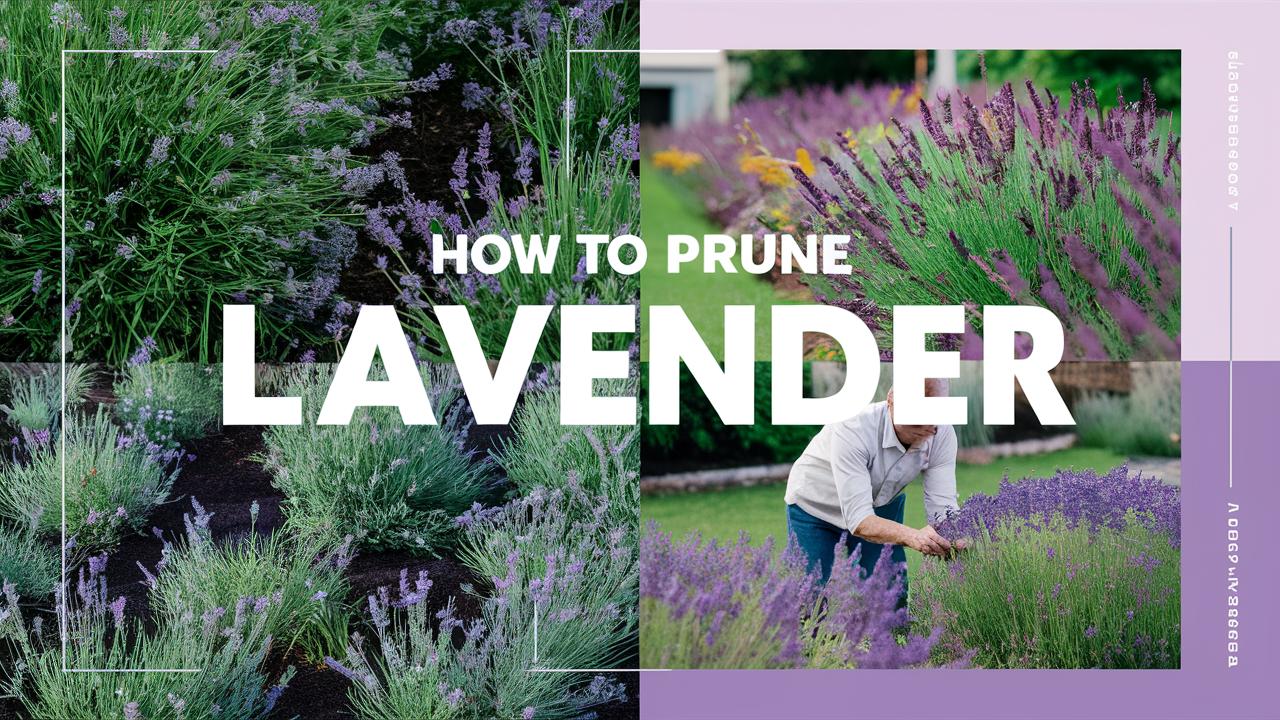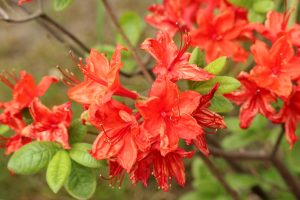To ensure that your lavender plants remain healthy, vibrant, and productive, proper pruning is essential. In this guide, we’ll explore the ins and outs of how to prune lavender effectively, ensuring that your plants thrive year after year.
Understanding Lavender Growth
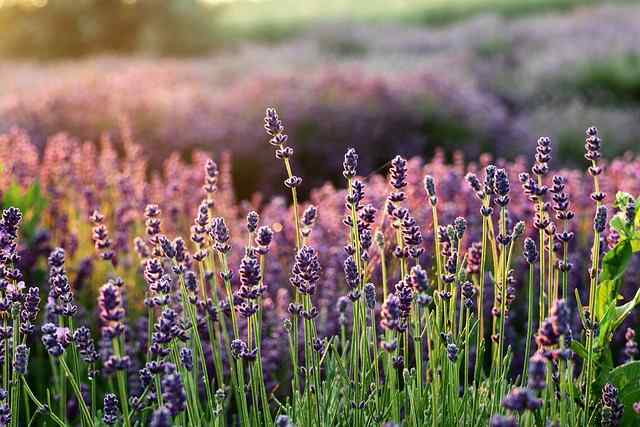
Lavender typically exhibits a woody structure with new growth emerging from the base each spring. Over time, the central woody stem can become barren, and the plant may begin to look scraggly. This is where pruning comes in, as it encourages healthy growth, prolongs the life of the plant, and enhances flowering.
Why Prune Lavender?
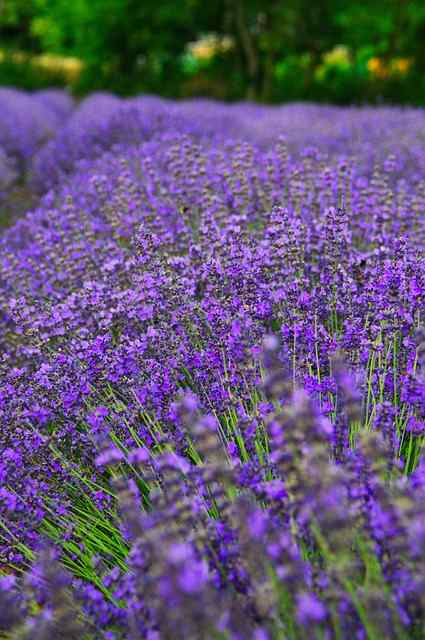
Pruning lavender provides several essential benefits:
Promotes Healthy Growth: Regular pruning encourages new growth from the base, resulting in a fuller plant with more blooms.
Enhances Airflow: By thinning out crowded stems, you increase airflow around the plants, reducing the risk of disease and encouraging even sunlight distribution.
Prevents Woody Growth: Over the years, lavender can develop a woody center, leading to a sparse appearance. Pruning helps manage this woodiness and encourages fresh, leafy growth.
Encourages Blooming: Proper pruning can enhance the flowering process, resulting in more abundant and aromatic blooms during the growing season.
Improves Aesthetics: A well-pruned lavender plant looks tidy and attractive, adding to the overall beauty of your garden landscape.
When to Prune Lavender
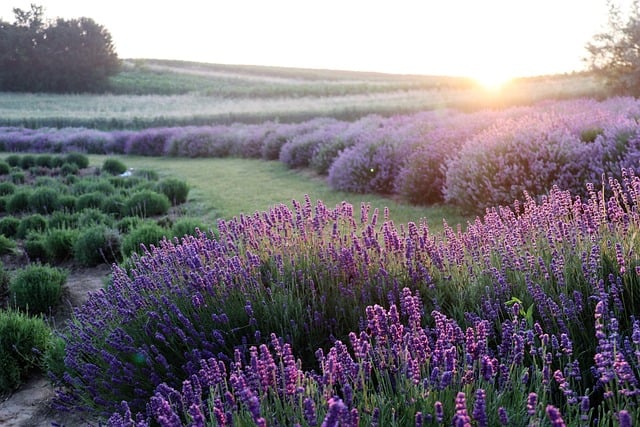
Timing is everything when it comes to pruning lavender. The best times to prune lavender are in early spring and late summer. Here’s a breakdown of when to prune:
Early Spring Pruning
As winter fades and the threat of frost subsides (typically around late March to early April, depending on your region), it’s time for your annual pruning session. Early spring is the ideal time to trim back the previous year’s growth before the new shoots emerge. At this stage, the plant is still dormant, making it less stressful for lavender, as the cuts will promote vigorous new growth once the weather warms up.
Late Summer Pruning
After the blooming season, which usually occurs from midsummer to late summer, consider giving your plants a light trim. This late summer pruning helps remove faded blooms and tidy the plant, ensuring a neat appearance as it prepares for winter dormancy. It also helps redirect energy towards foliage growth instead of seed production.
Tools You’ll Need
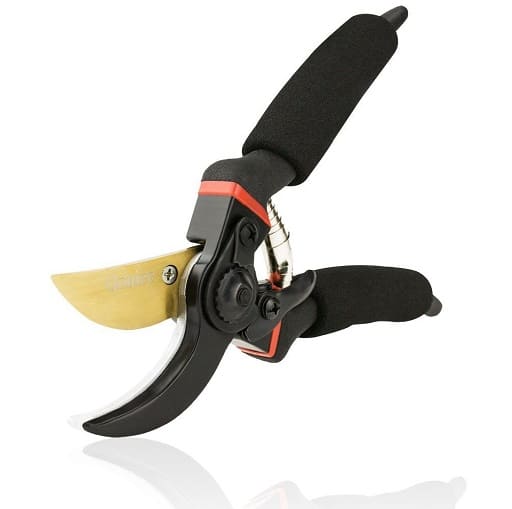
To prune lavender effectively, you’ll need a few essential tools:
Bypass Pruners: Sharp and clean bypass pruners are crucial for making precise cuts. They should be cleaned and disinfected before use, especially if you have used them on other plants, to prevent the spread of disease.
Gloves: Protective gardening gloves will shield your hands from any prickly parts of the plant and help protect your skin from the resinous sap, which can irritate some individuals.
Loppers: For larger, older lavender plants that have grown significantly over time, loppers might be necessary for cutting through thicker stems.
Hand Shears: For delicate or detailed pruning, a pair of hand shears can help you get to those hard-to-reach places without damaging the plant.
Garden Fork: If you want to amend the soil around your lavender plants after pruning, a garden fork or trowel will do the trick.
How to Prune Lavender: Step-by-Step Instructions
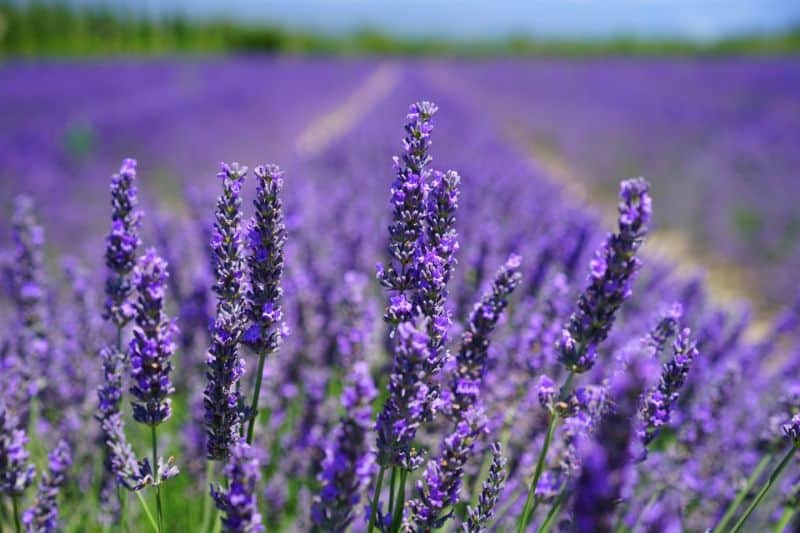
With the right tools in hand and your timing set, here’s how to prune lavender in a step-by-step manner:
Step 1: Assess Your Plant
Start by examining your lavender plant. Look for woody stems, faded flowers, and overall shape. Determine how much you need to prune based on the plant’s growth and health. Ideally, you want to maintain a rounded shape while still encouraging dense growth.
Step 2: Start with the Dead or Faded Blooms
Begin your pruning by cutting away any dead or faded blooms. Use your bypass pruners to snip these off just above the foliage. Removing spent blooms not only tidies up the plant but also encourages the lavender to channel its energy into producing new growth rather than seeds.
Step 3: Trim Back the Old Growth
Next, focus on the older, woody stems. Aim to remove about one-third to one-half of the plant’s height, cutting back to just above the green leaves. Be cautious not to cut into the old, woody stumps, as this can damage the plant and lead to poor recovery. Your goal is to encourage new shoots while maintaining a healthy structure.
Step 4: Shape the Plant
As you prune, think about the plant’s shape. Lavender thrives when it’s kept compact and rounded. Take a step back periodically to check that the plant’s overall shape remains pleasing to the eye. Adjust your cuts to ensure the plant looks fuller on the sides and leaves room for airflow in the center.
Step 5: Clean Up
After you finish pruning, gather and remove all cuttings and debris from around the plants. This will help reduce the risk of disease and pests that thrive on decaying plant material. Compost healthy trimmings or dispose of diseased material properly to maintain garden health.
Step 6: Water and Mulch
Once your lavender is pruned, give it a good drink of water, especially if the soil is dry. This will help the plant recover from the pruning stress and support new growth. Consider adding a layer of mulch around the base of the plant (avoiding direct contact with the stems) to retain moisture and suppress weeds.
Common Mistakes to Avoid When Pruning Lavender
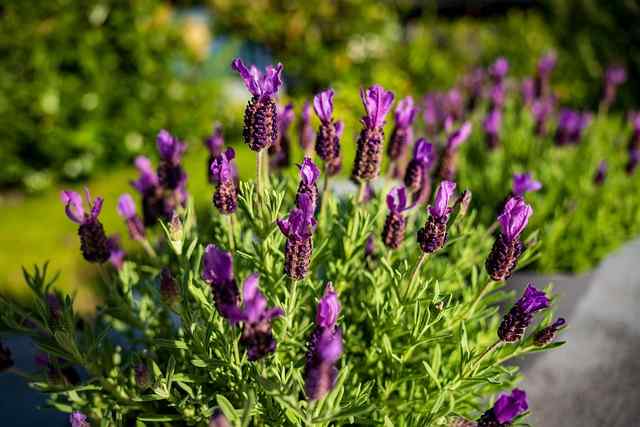
Even experienced gardeners can make mistakes when pruning lavender. Here are some common pitfalls to avoid:
Pruning Too Late: Always prune your lavender at the right time. Pruning too late in the season can result in stunted growth or damage the new buds forming for the next bloom.
Cutting into Old Wood: Be cautious not to cut back too far into the woody stems. If you continually cut back into older wood, the plant may not regenerate and can weaken over time.
Neglecting to Disinfect Tools: Failing to properly clean your tools can lead to the spread of disease. Always wipe your pruners with rubbing alcohol or a bleach solution to disinfect before moving from plant to plant.
Over-Pruning: While lavender benefits from pruning, cutting too much can shock the plant. Always aim for a moderate amount, maintaining enough foliage for photosynthesis.
Ignoring Plant Health: When pruning, pay attention to overall plant health. If you notice signs of disease or pests, address these issues before or during your pruning.
Special Considerations for Different Lavender Varieties
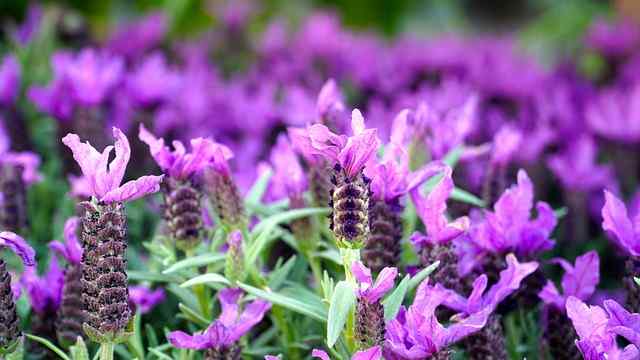
While the basic principles of pruning lavender apply to most varieties, certain types may have specific needs:
English Lavender
English Lavender (Lavandula angustifolia) is hardy and typically requires less intensive pruning than some other varieties. In early spring, focus on removing dead or faded growth with light trimming. After bloom, you can lightly shape the plant to promote air circulation.
French Lavender
French Lavender (Lavandula dentata) can be a bit more aggressive in growth and may need heavier pruning. After flowering, cut back the stems to prevent it from becoming overly woody. This variety can handle more radical pruning, but still, avoid cutting into the older wood excessively.
Spanish Lavender
Spanish Lavender (Lavandula stoechas) has unique blooms and foliage. It tends to be shorter and bushier than other varieties. Prune after flowering to maintain shape and encourage richer growth for the next season.
The Impact of Climate on Lavender Pruning
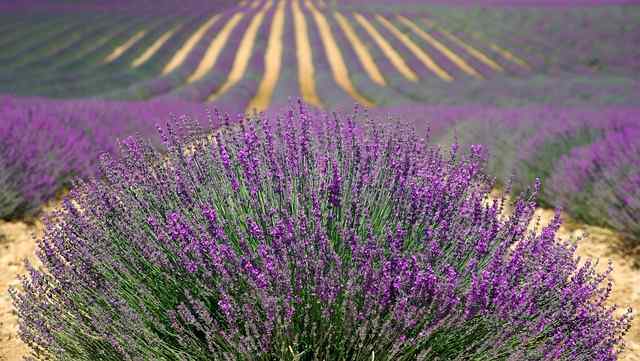
Climate and weather conditions can significantly impact how and when you prune lavender. Different regions may require adjustments to the traditional pruning schedule. For example, in colder regions, wait until you are certain all danger of frost has passed before pruning in spring. In warmer climates, early spring pruning may take place slightly earlier in the season.
Consider local conditions, such as humidity, rainfall, and temperature fluctuations, when planning your pruning. Always keep an eye on your plants, and adjust your practices accordingly if you notice they respond better to later or lighter pruning.
Conclusion
Pruning lavender might seem daunting, but with the right knowledge and techniques, it can be a rewarding task that enhances the health and beauty of your plants. By tackling this chore in early spring and late summer, you’ll promote vigorous growth, prevent woodiness, and enjoy bountiful blooms—plus the delightful aroma of lavender wafting through your garden.


